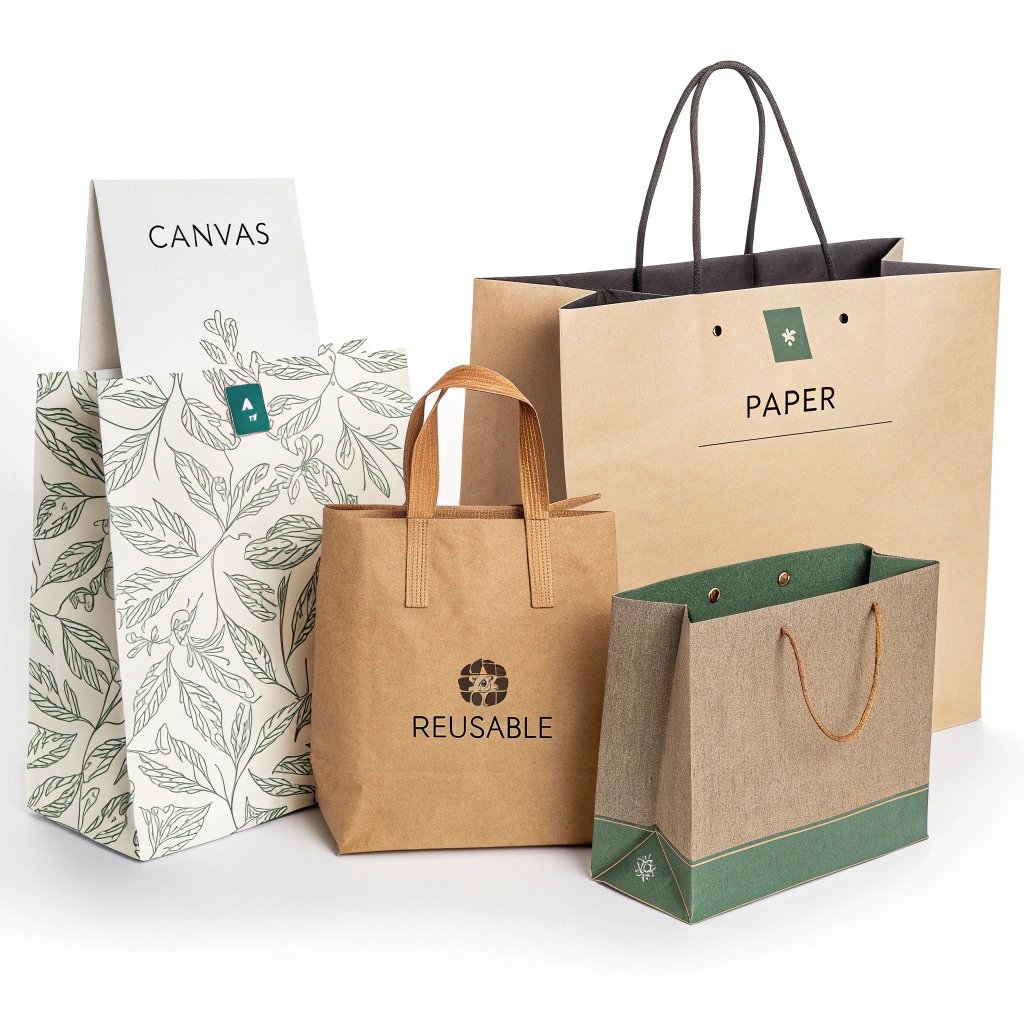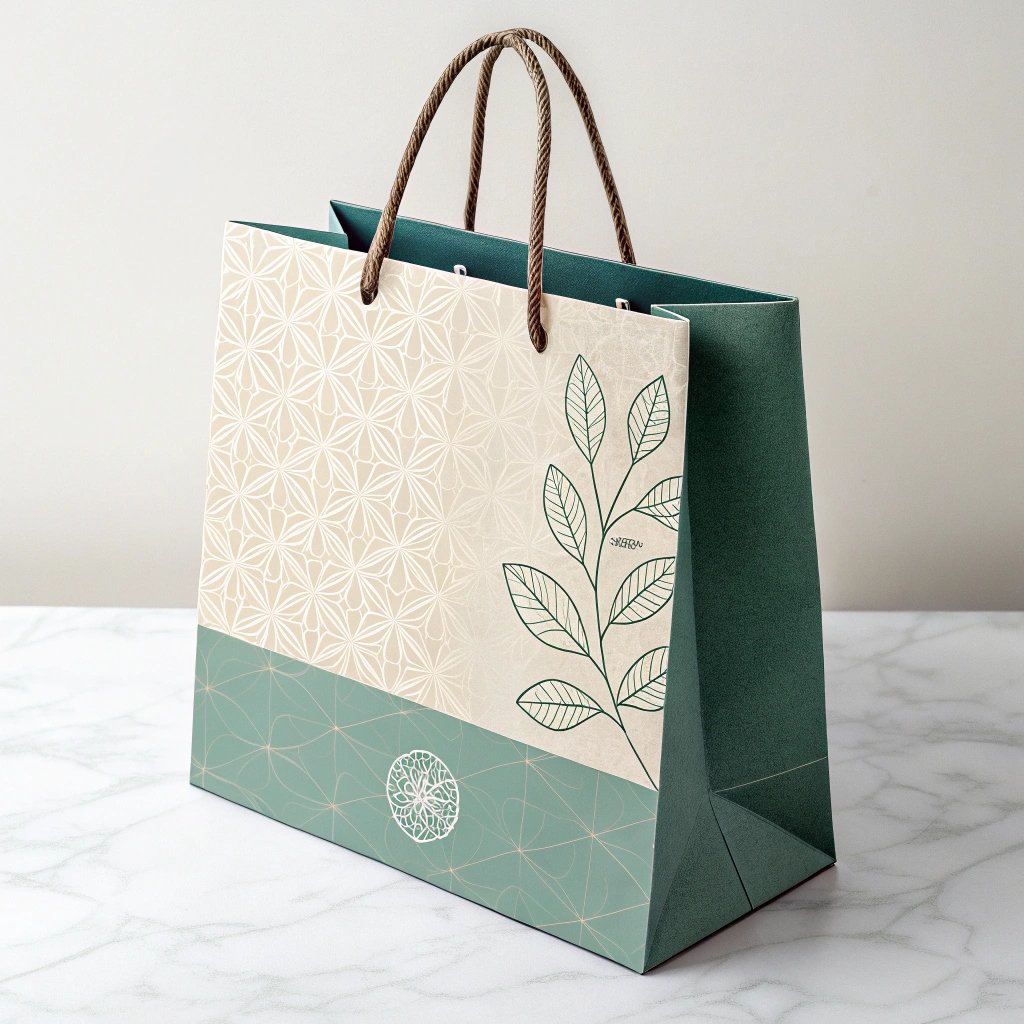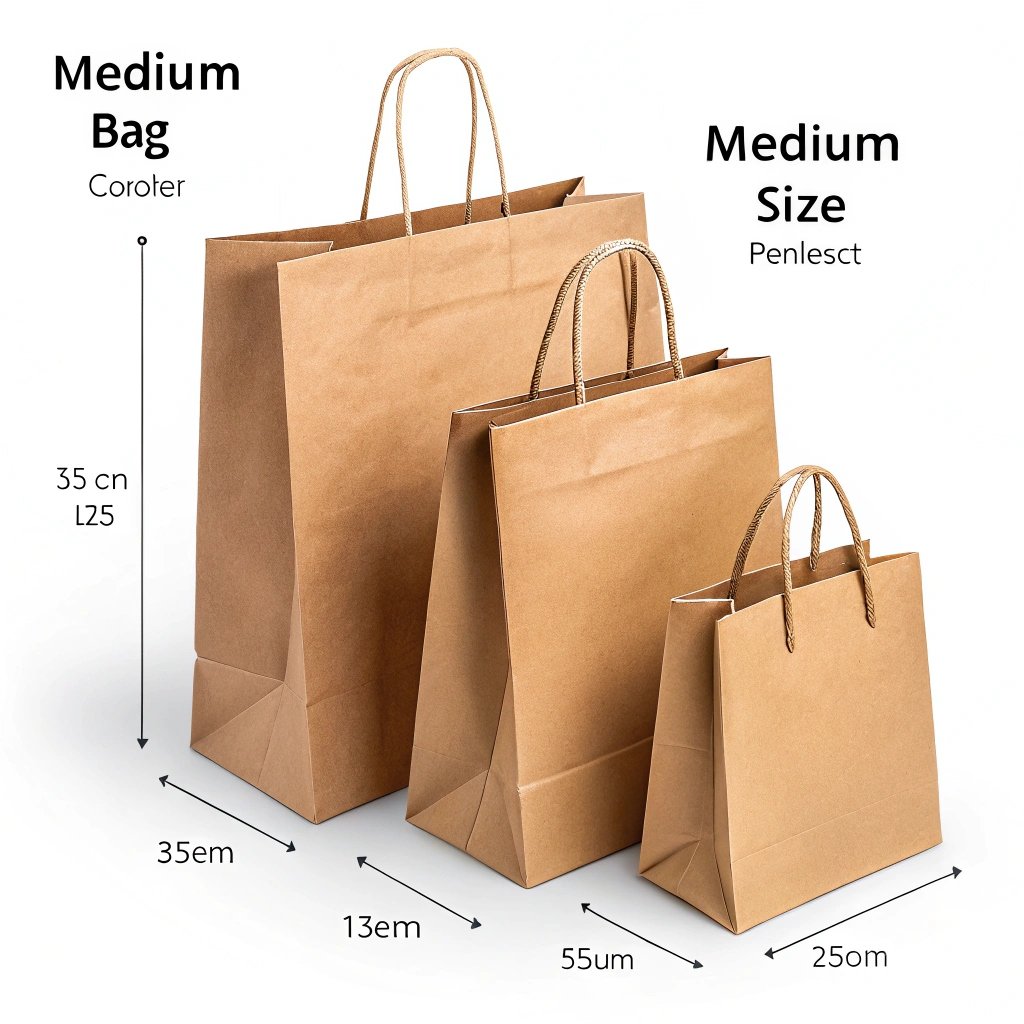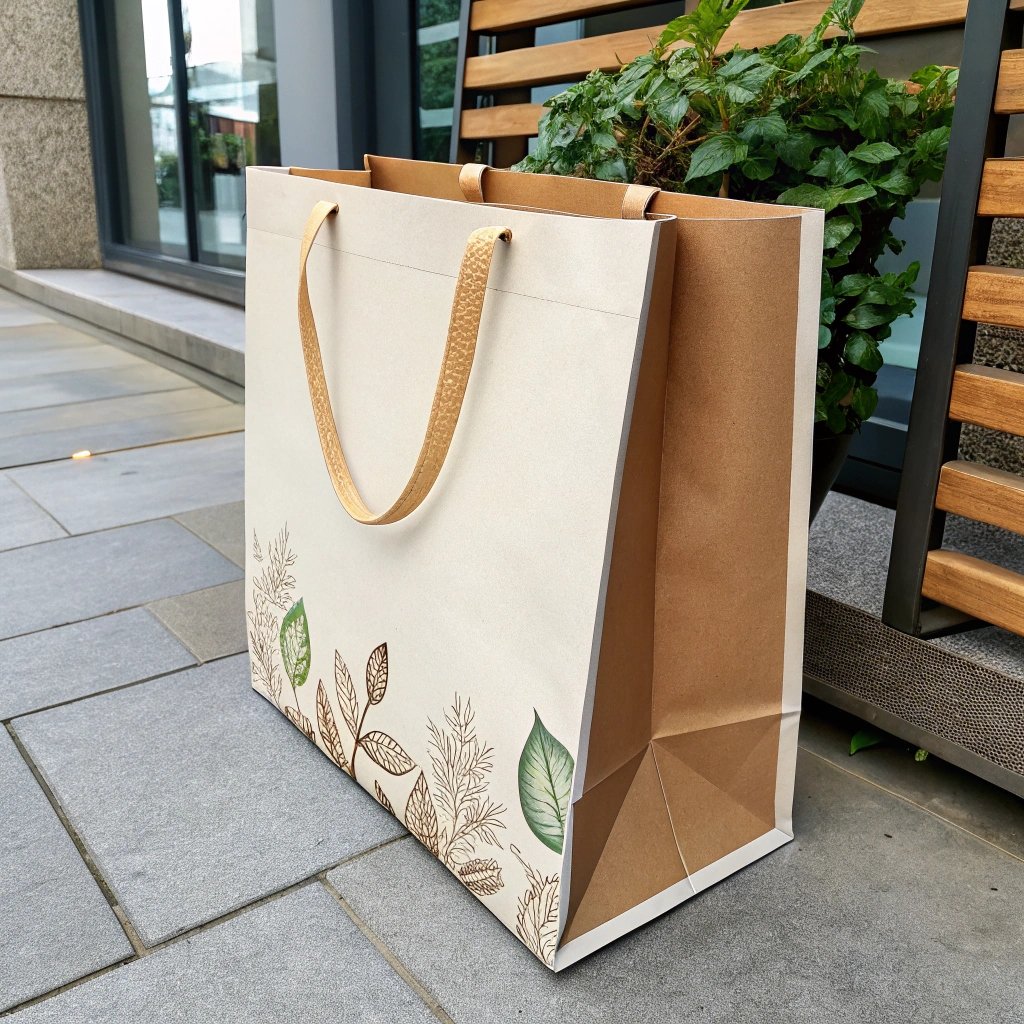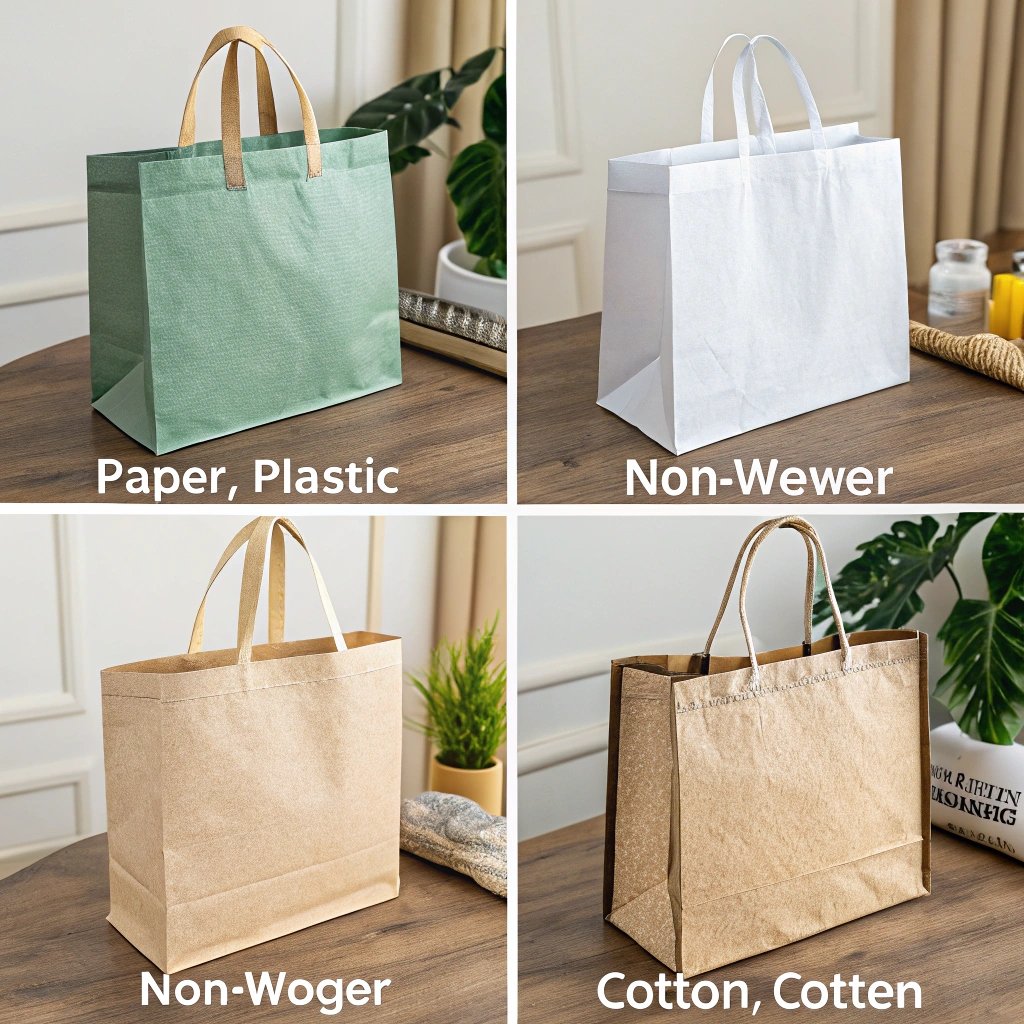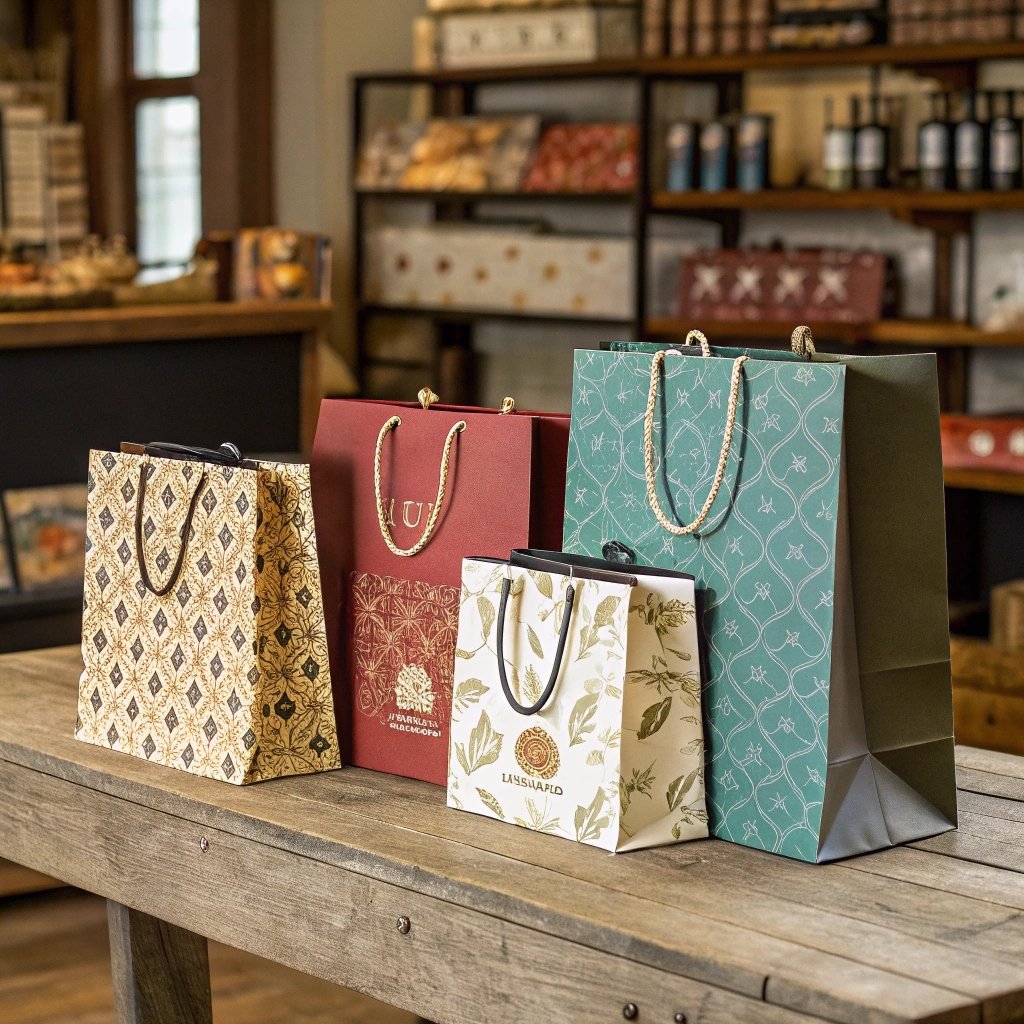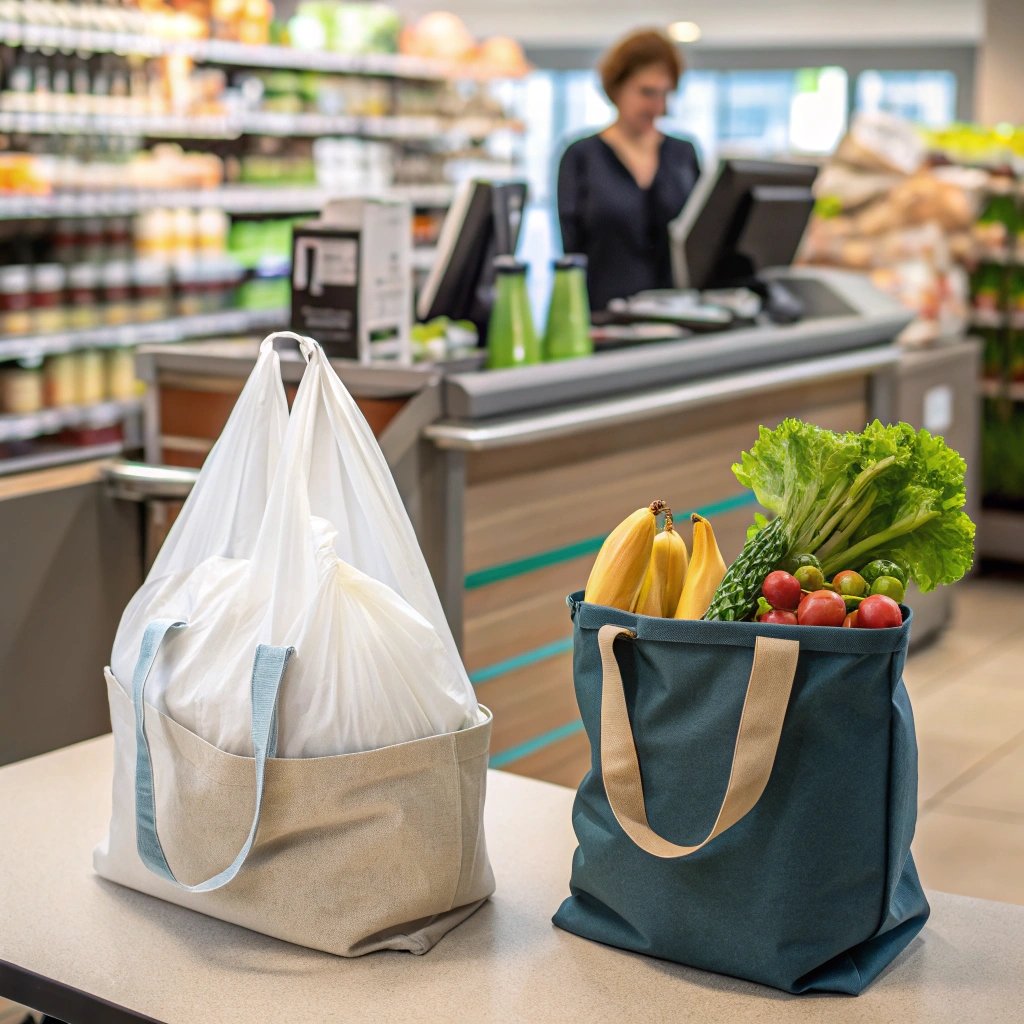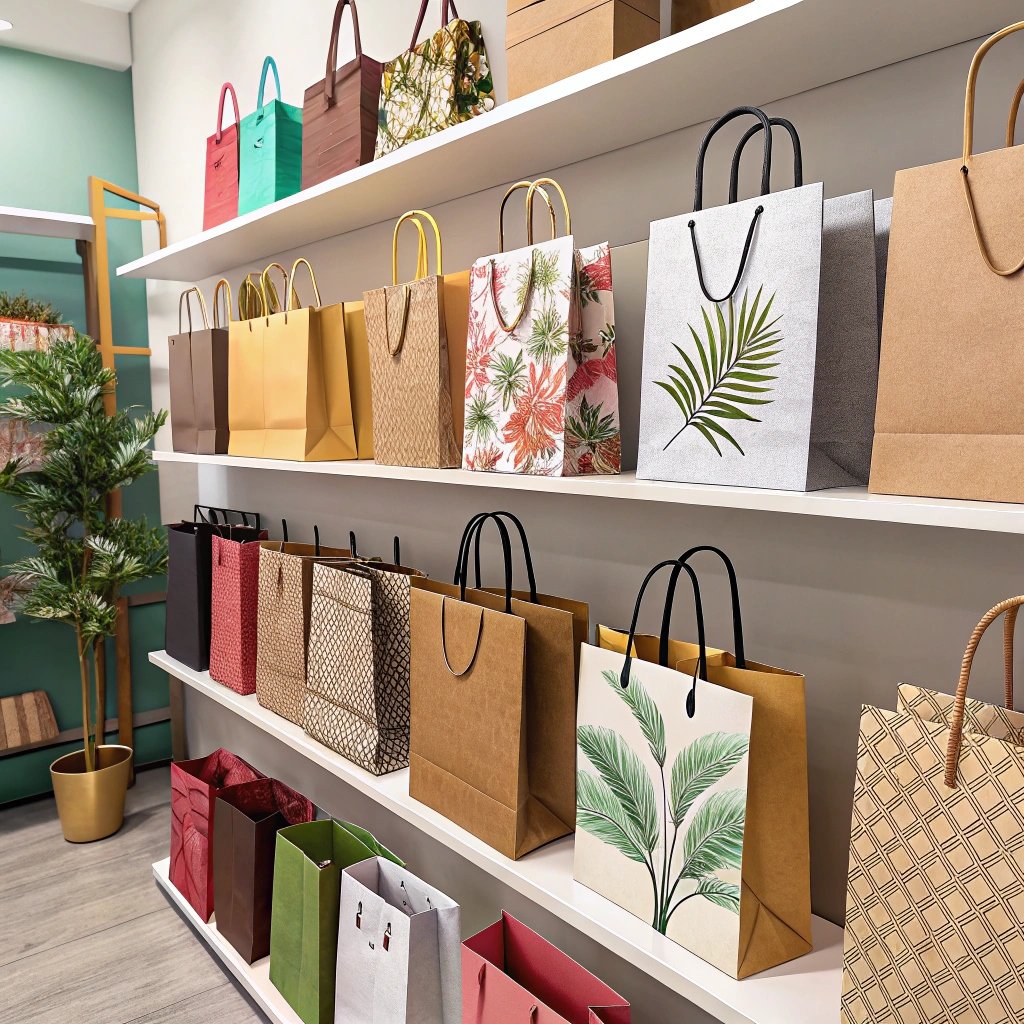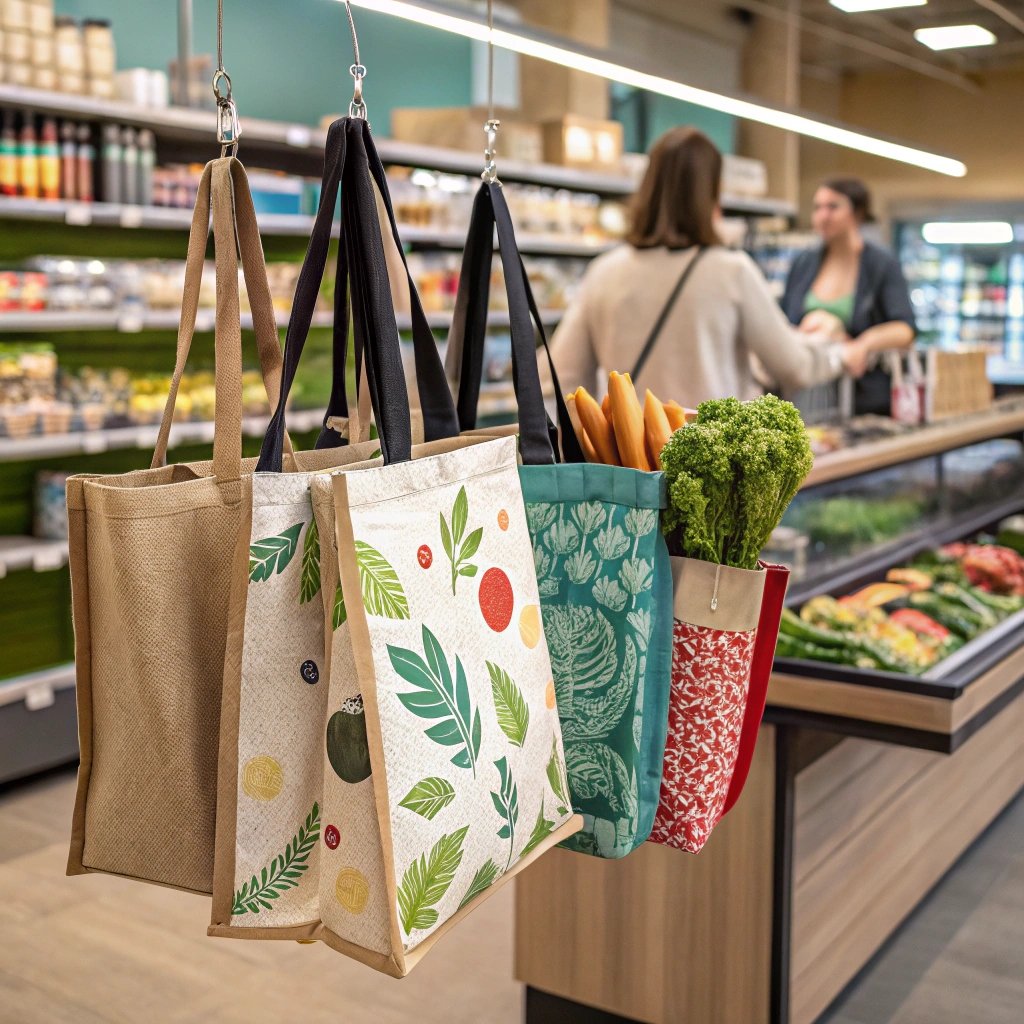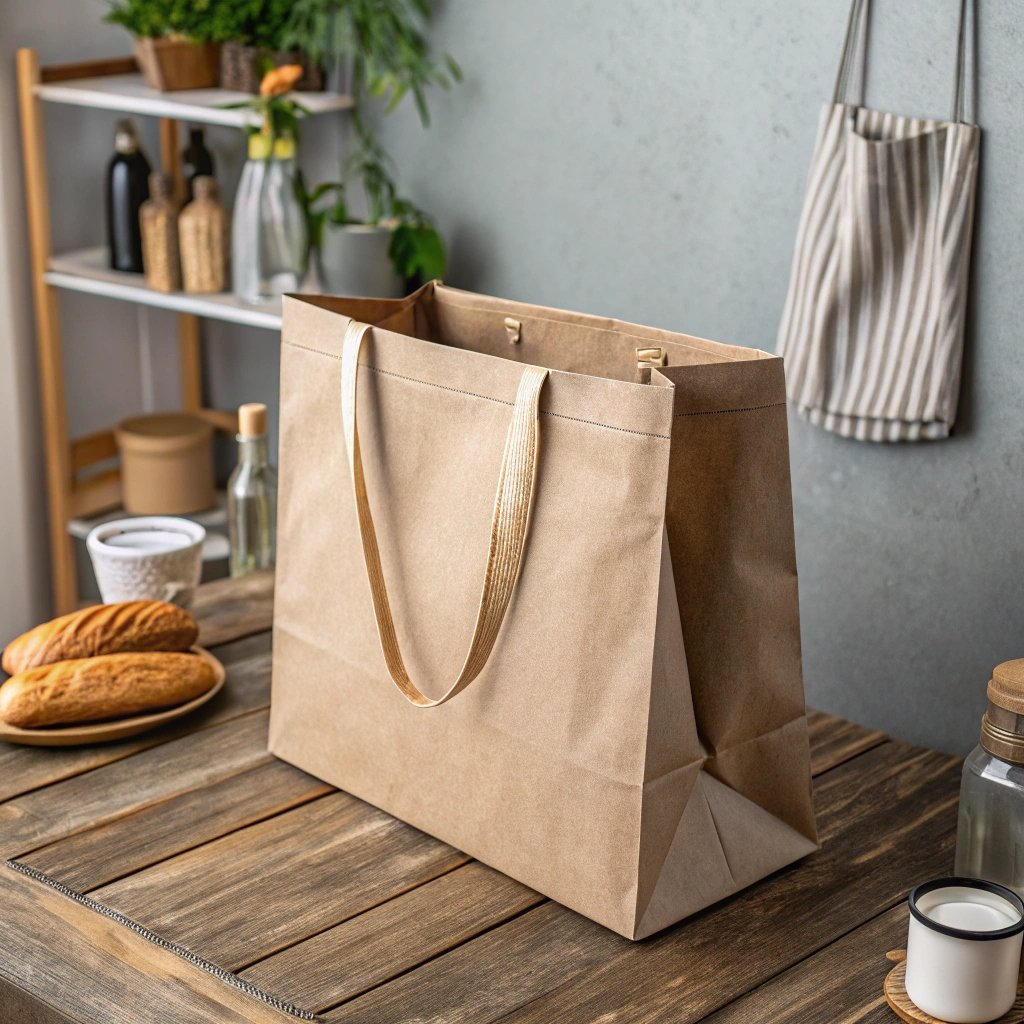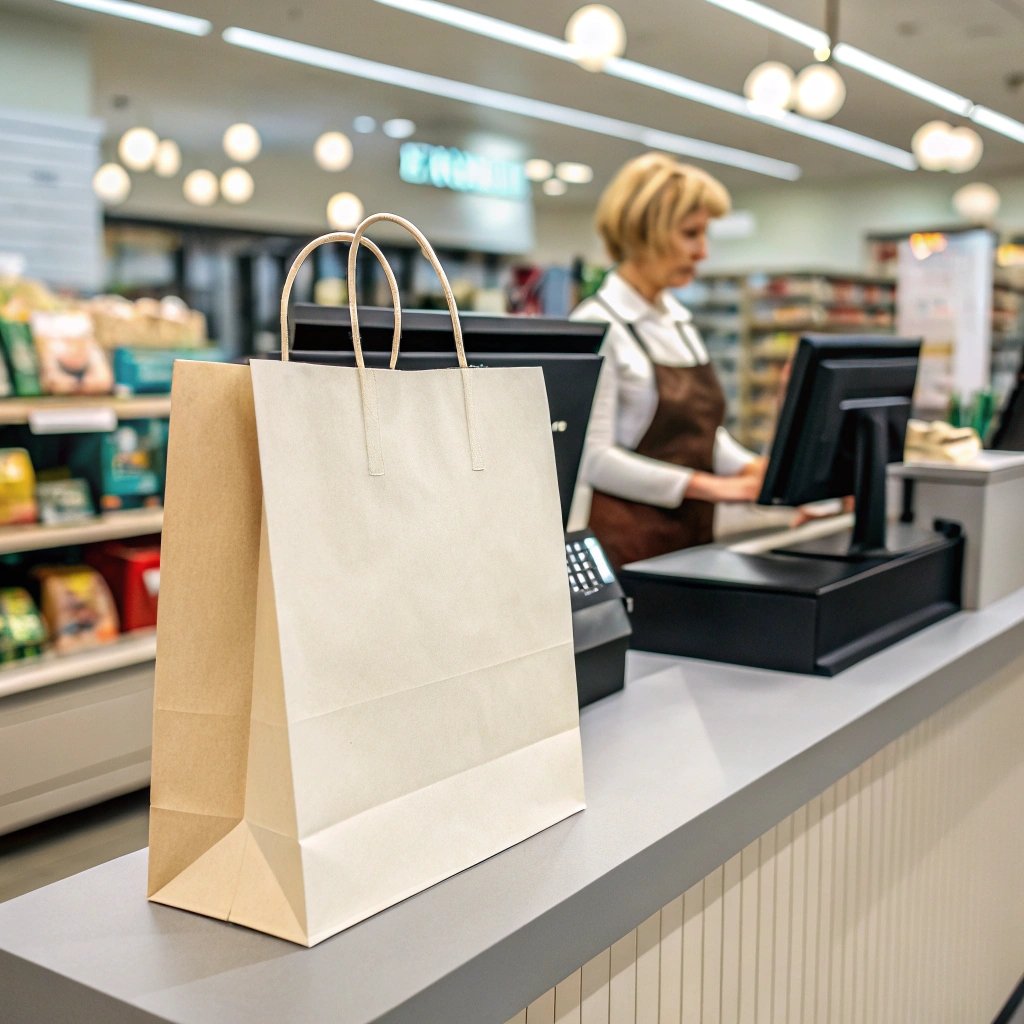Struggling to pick the perfect shopping bags for your store? The wrong choice can hurt branding, cost control, and customer experience.
The best shopping bag for your retail store depends on your product size, store type, and customer expectations.
Every store has unique needs—some need strength, others style. Keep reading to find the ideal mix of function, design, and material.
Understanding Your Retail Needs Before Choosing a Bag?
Before buying shopping bags, many store owners overlook what truly drives the best choice: understanding their own product needs and customer habits.
Know your store’s products, transaction size, and customer type to choose the most effective shopping bag.
Define Product Type and Volume
Heavy, bulky, or fragile products need stronger bags. Lightweight and small goods might work fine in simple paper bags.
| Product Type | Suggested Bag Type |
|---|---|
| Clothing | Medium paper or cotton |
| Glass bottles | Reinforced loop handle |
| Small accessories | Mini die-cut plastic |
| Bulk groceries | XL non-woven or RPET1 |
Transaction Volume
If your store handles hundreds of small sales daily, choose cost-efficient, easy-to-store options like die-cut plastic bags2. For high-value sales, branded tote bags add more perceived value.
Common Shopping Bag Sizes and Their Best Use Cases?
Choosing the wrong size bag results in wasted materials or poor customer experience. One size does not fit all.
Small, medium, and large bags each serve unique purposes across different retail formats.
Size Matching by Retail Sector
| Bag Size | Dimensions (inches) | Best Use Case |
|---|---|---|
| Small | 6 x 3 x 9 | Jewelry, cosmetics, small gadgets |
| Medium | 10 x 5 x 13 | Apparel, books, boxed items |
| Large | 16 x 6 x 19 | Grocery, bulk items, home decor |
A mix of all three sizes allows flexibility. You may also consider extra-large sizes for big-box store promotions or extra-small for gift packaging.
Popular Styles: Die-Cut Handle, Loop Handle, or Shoulder Tote?
Style matters more than just appearance—it affects cost, comfort, and reuse rates. Many retailers ignore this and focus only on materials.
Die-cut, loop handle, and tote styles3 fit different brand identities and usage needs.
Comparing Shopping Bag Handle Styles
| Style | Pros | Best For |
|---|---|---|
| Die-Cut | Low-cost, stackable, customizable | Budget promotions, giveaways |
| Loop Handle | Comfortable, high durability | Department stores, grocery |
| Shoulder Tote | Reusable, fashion-forward, branded | Fashion stores, beauty brands |
Tote bags are especially useful if you want your branding visible in public places long after purchase. Loop handles are great for heavy loads and customer comfort.
Material Matters: Paper, Plastic, Non-Woven, or Cotton?
The choice of material influences cost, durability, eco-friendliness, and customer perception. Many buyers overlook the total impact of the material used.
Paper, plastic, non-woven, and cotton4 offer different benefits in cost, feel, and branding opportunities.
Material Breakdown
| Material | Eco-Friendly | Strength | Customizability | Best Use Case |
|---|---|---|---|---|
| Paper | Yes | Medium | High | Apparel, gifts, cosmetics |
| Plastic | No (unless RPET) | High | Medium | Groceries, bulk, low-cost |
| Non-Woven | Yes | High | High | Supermarkets, events |
| Cotton | Yes | Very High | Medium | Fashion, luxury, wellness |
Use RPET plastic if you need the benefits of plastic but still want an eco badge. Cotton is ideal for limited-edition promotions and higher-end stores.
Branded Shopping Bags: Style Choices That Boost Perceived Value
Your shopping bag isn’t just packaging—it’s a mobile billboard. But poorly designed bags often hurt the brand instead of helping it.
Branded bags increase perceived product value and reinforce customer loyalty when well designed.
Branding That Works
| Branding Element | Effect |
|---|---|
| Logo Placement | Boosts recall and brand visibility |
| Color Scheme | Supports visual brand identity |
| Texture/Material | Enhances perceived value |
| Printing Quality | Shows professionalism and trust |
Coordinate the shopping bag design with your in-store decor and packaging to create a consistent retail experience. This strengthens brand recall and repeat purchases.
Reusable vs. Single-Use Bags: What Makes Sense for Your Store?
Reusable bags can improve sustainability and brand reach, but they cost more. Many businesses don’t calculate long-term value correctly.
Choose reusable bags if you want higher brand exposure; single-use bags if you want to reduce unit cost.
Cost vs. Longevity
| Bag Type | Average Unit Cost | Reusability | Branding Value |
|---|---|---|---|
| Single-Use | Low | No | Low |
| Reusable | Higher | Yes | High |
Reusable bags also align with many city or country bans on single-use plastic. In regulated markets like Europe or parts of North America, reusable options are often the only choice.
Best Bag Options for Fashion, Grocery, Gift, and Beauty Retailers?
Different industries have different packaging needs. Using the same bag for all sectors usually leads to poor results.
Fashion prefers elegant totes; grocery needs strong loop handles; gift stores focus on design; beauty needs small luxury bags.
Sector-Specific Suggestions
| Industry | Recommended Bag Style | Material Suggestion |
|---|---|---|
| Fashion | Shoulder Tote, Die-Cut | Cotton or Kraft Paper |
| Grocery | Loop Handle | RPET or Non-Woven |
| Gift Shops | Medium Paper with ribbon | Glossy or textured paper |
| Beauty | Small Die-Cut or Rope Handle | Premium matte paper |
Customize each style with your logo and colors to match your store's theme. This shows attention to detail and creates a better customer impression.
How Do Bag Regulations Influence Your Choices?
Ignoring local laws can lead to fines or damaged brand image. Many retailers forget to check bag regulations5 before placing orders.
Different regions have laws on plastic usage, recyclability, and labeling that directly affect your bag choices.
Understanding Regional Compliance
| Region | Regulation Focus | Recommendation |
|---|---|---|
| EU | Ban on single-use plastics | Use paper, RPET, or cotton |
| USA (some states) | Plastic bag taxes or bans | Use compliant RPET or reusable bags |
| Canada | Plastic phase-out initiative | Use non-woven or kraft paper |
| Australia | Reusable and compostable only | Non-woven or certified biodegradable |
If you're exporting, work closely with your supplier to make sure the material and label meet local legal standards. A single error can delay customs clearance or damage your brand.
Should Bag Storage and Shipping Be Considered Too?
Retailers often focus on aesthetics and price, forgetting about how bags are stored and shipped. That leads to high logistics costs or damaged inventory.
Flat-packed, stackable bags reduce storage space and shipping costs compared to bulky or rigid styles.
Bag Style vs. Shipping Efficiency
| Bag Type | Storage Efficiency | Shipping Cost | Recommendation |
|---|---|---|---|
| Die-Cut Plastic | Very High | Low | Best for bulk purchasing |
| Loop Handle | Medium | Medium | Good for grocery use |
| Shoulder Tote | Low | High | Use for high-margin products |
Always factor in warehouse space, container size, and shipping methods when choosing a bag style. Especially when importing in bulk from overseas factories.
How to Source Bags Without Getting Scammed?
Poor communication, fake certificates, and late shipments can ruin your bag buying experience. Many buyers fall into these traps by rushing.
Work only with certified factories, ask for samples, and verify documentation before committing to large orders.
Best Practices for Safe Bag Sourcing
| Action | Benefit |
|---|---|
| Request Sample & Inspect | Ensures real product matches photo |
| Ask for Certifications (BSCI, GRS) | Confirms compliance and ethical sourcing |
| Use Trade Assurance/LC | Protects payment |
| Visit Trade Shows or Factory | Verifies legitimacy |
As a factory with 5 production lines, I often meet buyers at shows or through Google searches. We offer full transparency, real certifications, and customizable styles to reduce your risk.
Why Custom Design Services Can Increase Conversions?
Some buyers think design is just decoration, but packaging presentation affects purchase decision—especially for gift and fashion stores.
Professional design transforms a basic shopping bag into a marketing tool that builds trust and attracts attention.
Design Features That Impact Performance
| Feature | Effect |
|---|---|
| Unique Shape | Makes brand memorable |
| Embossing/Foil | Adds premium feel |
| Color Psychology | Triggers emotional reaction |
| Functional Design | Increases reuse and positive exposure |
Most of our clients lack a design team. That’s why we offer free layout templates and guidance to help you match your visual identity, without extra cost.
Conclusion
Choosing the right shopping bag depends on your product, industry, and branding needs—balance function, material, and customer appeal wisely.
-
Learn why RPET is an eco-friendly plastic alternative used for durable shopping bags. ↩
-
Discover why die-cut plastic bags are ideal for bulk, low-cost, and space-efficient retail usage. ↩
-
Understand the pros and cons of popular shopping bag handle styles across retail sectors. ↩
-
Explore the material differences in bag cost, durability, and eco appeal to customers. ↩
-
Stay compliant with international shopping bag laws to avoid fines and protect brand trust. ↩

